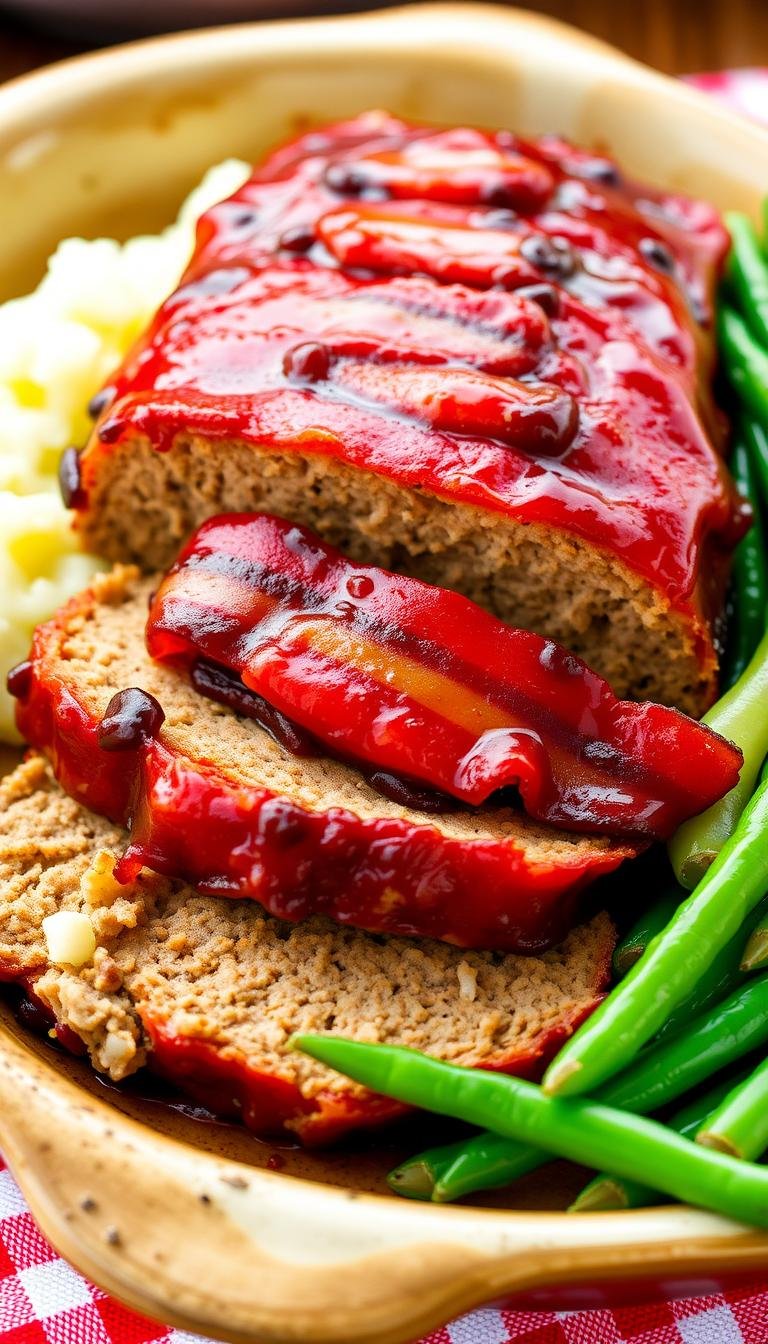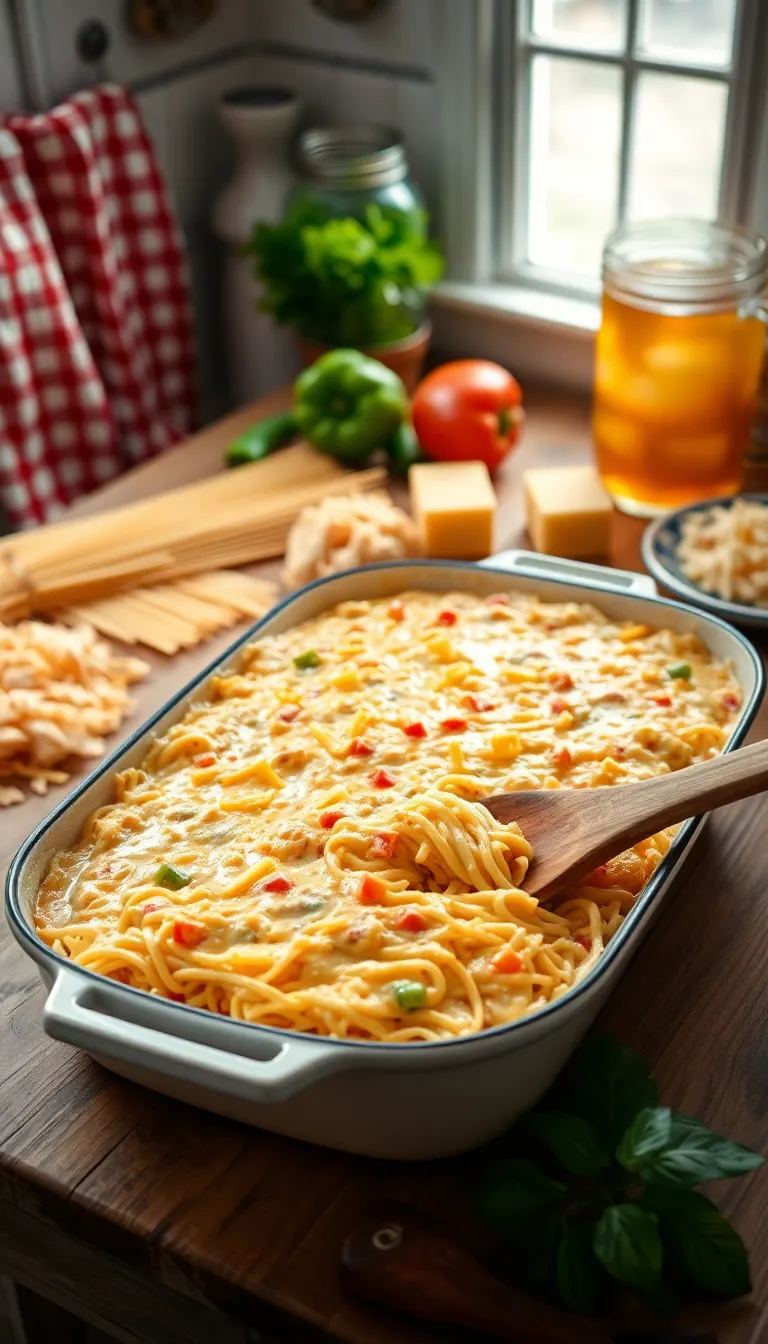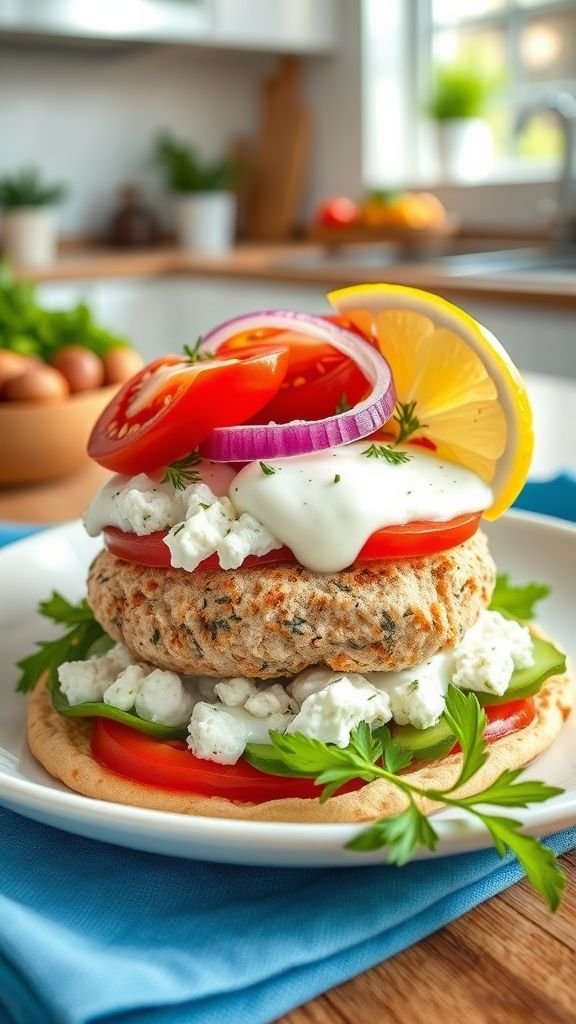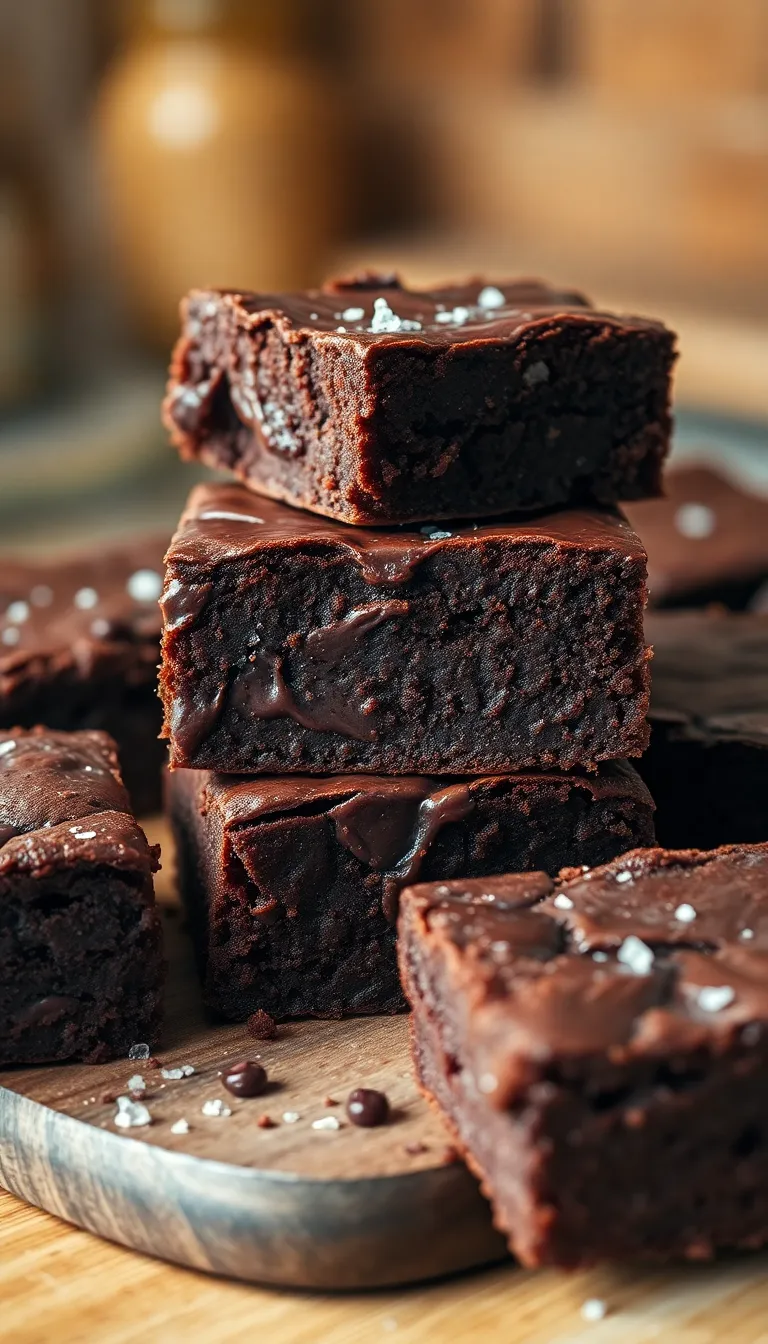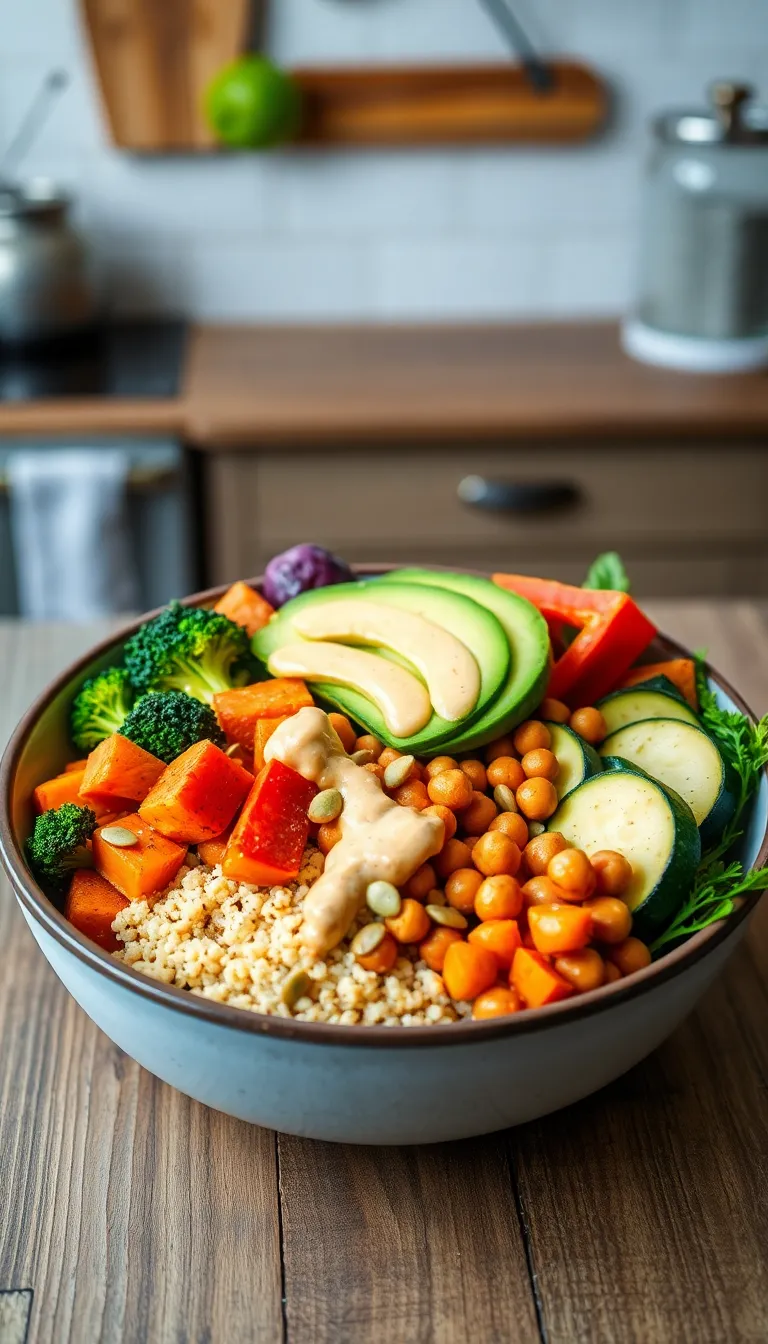When it comes to making tender, juicy ribs that are packed with flavor, it all starts with a good rib rub recipe. Whether you’re firing up the smoker, grilling in the backyard, or baking ribs in the oven, a perfectly balanced dry rub transforms ordinary ribs into an unforgettable meal.
In this guide, we’ll walk you through the ultimate homemade rib rub recipe, how to use it, tips for storage, and how to customize it for pork, beef, or even chicken.
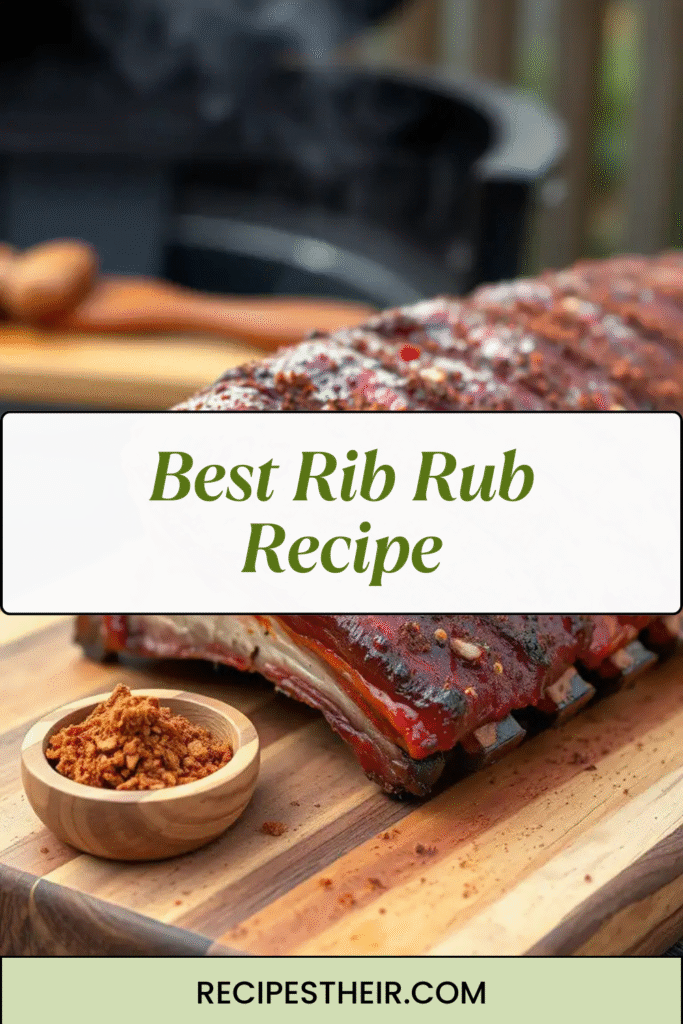
Why Use a Rib Rub?
A good rib rub does more than season your meat — it creates a flavorful crust, enhances natural juices, and locks in smokiness. Unlike a marinade, which soaks into the meat, a dry rub builds a bark (that crispy, caramelized layer on the outside) when grilled or smoked. This bark is where a ton of the flavor lives.
The beauty of a rib rub recipe is that it’s easy to make with pantry staples, and it’s fully customizable based on your preferences — sweet, spicy, smoky, or savory.
The Best Rib Rub Recipe (Basic and Balanced)
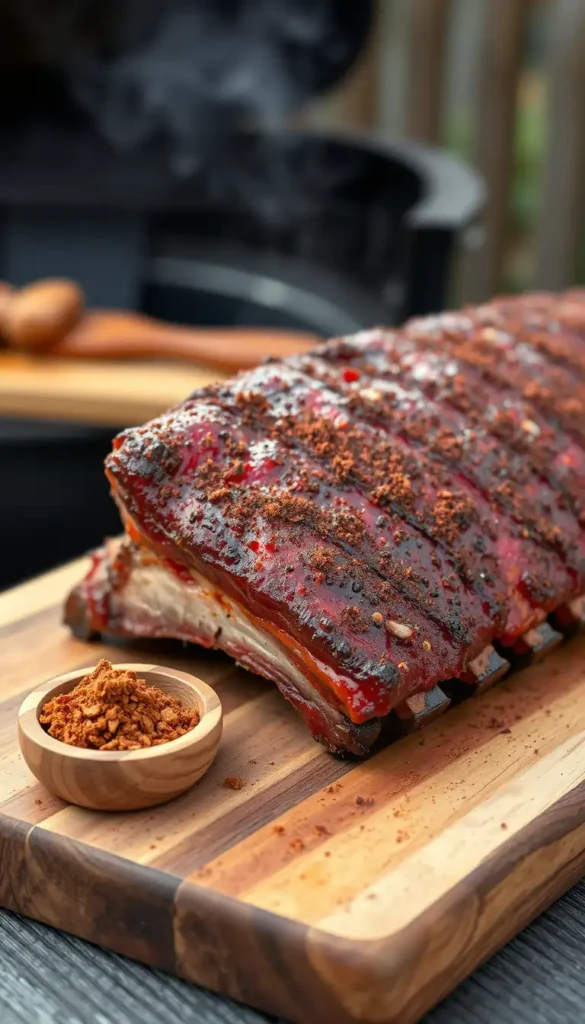
This classic rib rub is a tried-and-true favorite for pork ribs. It balances sweet, savory, and a touch of heat for that perfect BBQ bite.
🔥 Ingredients:
- 1/4 cup brown sugar (light or dark)
- 2 tablespoons smoked paprika
- 1 tablespoon kosher salt
- 1 tablespoon black pepper
- 1 tablespoon garlic powder
- 1 tablespoon onion powder
- 1 teaspoon ground mustard
- 1 teaspoon cayenne pepper (optional, for heat)
- 1 teaspoon chili powder
- 1 teaspoon ground cumin
🧂 Optional Additions:
- 1/2 teaspoon cinnamon (for a warm twist)
- 1 teaspoon ground coriander (for earthy depth)
- 1 teaspoon dried thyme or oregano (for a herby note)
How to Apply Rib Rub Properly
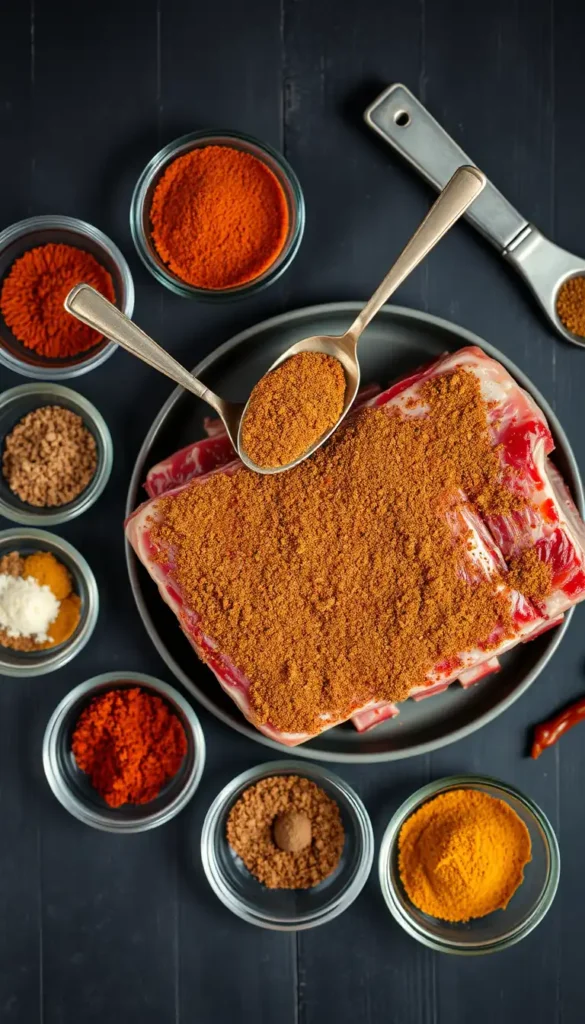
The way you apply your rib rub can make a big difference in flavor and texture. Here’s a quick step-by-step guide:
1. Pat the Ribs Dry
Use paper towels to blot any moisture from the surface of the ribs. This helps the rub stick better and prevents steaming.
2. Remove the Membrane
Flip the ribs and peel off the thin silver skin (membrane) from the back. This lets the seasoning penetrate the meat better.
3. Apply a Binder (Optional)
Some pitmasters use a thin layer of yellow mustard or olive oil as a binder. It helps the rub adhere but won’t change the flavor.
4. Coat Generously
Sprinkle the rib rub evenly across both sides of the meat, pressing it in gently. Don’t rub it too hard — just let it stick naturally.
5. Let It Rest
For best results, let the seasoned ribs rest in the fridge for at least 1 hour — or overnight for maximum flavor.
Cooking Methods for Rubbed Ribs
Your rib rub recipe works with any cooking method, but here’s how to maximize results:
🔥 Smoking
The slow-and-low method lets the rub develop into a beautiful bark. Cook ribs at 225°F for 5–6 hours, using wood like hickory, apple, or cherry.
🔥 Grilling
Grill over indirect heat with the lid closed. Wrap in foil after the first 2 hours for tender ribs, then unwrap and finish over direct heat.
🔥 Oven-Baking
Yes, you can get amazing ribs in the oven! Bake covered at 300°F for 2.5 to 3 hours, then broil briefly to crisp the surface.
Rib Rub for Pork vs. Beef vs. Chicken
The base rib rub recipe works for multiple meats, but here are a few tweaks for best results:
🐖 Pork Ribs
- Add more brown sugar for extra caramelization.
- Try cinnamon or nutmeg for a touch of warmth.
🐄 Beef Ribs
- Use more savory and bold spices like coffee grounds, ancho chili powder, or extra cumin.
- Reduce sugar slightly, as beef ribs don’t need as much sweetness.
🐔 Chicken
- Add lemon zest or dried herbs like thyme or rosemary.
- Reduce salt slightly and consider less cayenne if cooking for kids.
Tips for Perfect Rib Rubs Every Time
- Use fresh spices: Ground spices lose flavor over time. Check your pantry!
- Grind your own: Whole peppercorns or cumin seeds freshly ground bring out bold flavor.
- Balance is key: Too much sugar can burn, too much salt can dry things out. Aim for harmony.
- Store it right: Keep your rib rub in an airtight container in a cool, dark place for up to 6 months.
Make It Your Signature Rib Rub
One of the best things about a homemade rib rub recipe is that you can experiment and make it your own. Here are a few flavor twists:
🌶️ Spicy Rib Rub
- Add extra cayenne, crushed red pepper flakes, or chipotle powder.
🍁 Sweet & Smoky Rub
- Use dark brown sugar and double the smoked paprika.
🌿 Herbed Rib Rub
- Mix in dried thyme, rosemary, and marjoram for a garden-fresh twist.
🧈 Savory Umami Rub
- Add a dash of ground coffee, mushroom powder, or MSG for that “wow” factor.
Rib Rub FAQs
❓How much rib rub should I use?
For a full rack of ribs (about 2–3 pounds), use about 3–4 tablespoons of rib rub. You want a good, even coating — not too thick, but fully covered.
❓Can I use this rub on ribs before freezing?
Yes! Apply the rub and freeze the ribs wrapped tightly. When ready to cook, thaw in the fridge overnight and cook as usual.
❓Is a rib rub better than sauce?
It depends on your preference. Rubs build flavor and texture, while sauces add moisture and glaze. Many BBQ lovers use both — rub first, then sauce near the end of cooking.
Conclusion: Your Go-To Rib Rub Recipe
A great rib rub recipe is the heart of any rib cookout. It brings out the meat’s natural flavors, adds depth and texture, and lets you experiment with your own BBQ style. Whether you love spicy ribs, sweet and smoky flavors, or bold and beefy bites, starting with a well-balanced dry rub makes all the difference.
Whip up a batch of this homemade rib rub, store it in a jar, and keep it on hand for summer BBQs, weeknight dinners, or even gifts for your grill-loving friends. The secret to amazing ribs? It’s all in the rub.

